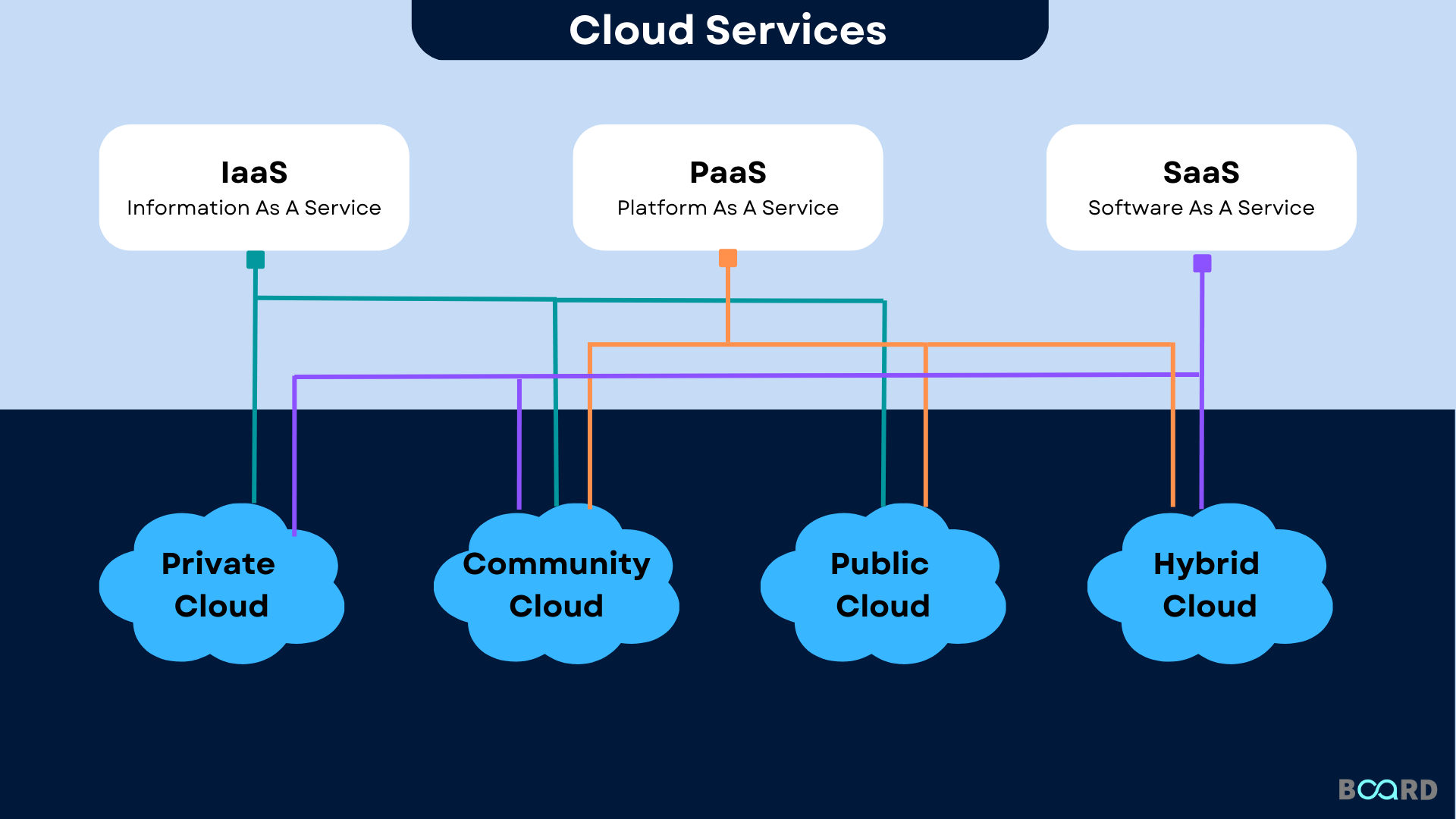LinkDaddy Cloud Services Mastery: Advanced Approaches for Reliable Cloud Services Press Release
Wiki Article
Simplify Your Infrastructure With Cloud Services
As organizations browse the ever-evolving landscape of modern technology and information administration, the function of cloud solutions in streamlining infrastructure has become increasingly famous. Just how can organizations properly navigate this shift and really open the capacity of cloud services for simplifying their framework?Advantages of Cloud Provider
Cloud solutions supply a streamlined method to handling IT infrastructure, supplying companies with adaptability, cost-efficiency, and scalability. One of the crucial benefits of cloud services is the scalability they supply. Companies can quickly scale their resources up or down based on need, guaranteeing they only pay for what they utilize. This flexibility is specifically beneficial for organizations with rising and fall requirements or those experiencing development.In addition, cloud services remove the demand for organizations to purchase costly hardware and software application. This cost-efficiency is a significant advantage, especially for tiny to medium-sized enterprises wanting to minimize in advance expenses. By utilizing cloud services, companies can access high-grade IT sources without the hefty price tag linked with typical framework configurations.
Moreover, cloud services offer businesses with the adaptability to access their data and applications from anywhere with a web link. This degree of ease of access enhances partnership amongst teams, makes it possible for remote job, and raises total productivity. The adaptability used by cloud services equips businesses to adjust quickly to changing market problems and customer needs.
Expense Cost Savings and Scalability
Along with the functional advantages highlighted previously, the assimilation of cloud solutions right into a firm's framework brings forth significant expense savings and enhanced scalability. Cloud services offer a pay-as-you-go design, enabling companies to scale sources up or down based on existing demands, thereby staying clear of the expenses connected with maintaining excess ability. This adaptability allows business to adapt rapidly to fluctuating demands without incurring unnecessary expenses.In addition, cloud solutions remove the need for upfront investments in hardware and software application, lowering resources expenses. Overhead are also lessened as business no more need to handle and preserve physical web servers, leading to lower power consumption and IT staffing prices. In addition, cloud services supply automated updates and maintenance, ensuring that the infrastructure continues to be up-to-date and safe without requiring manual treatments.
Boosted Safety And Security Actions
Implementing rigid safety and security steps is extremely important when integrating cloud solutions into a firm's framework to make certain and secure delicate data conformity with sector regulations. Cloud service companies supply enhanced safety attributes such as data file encryption, firewall software defense, and multi-factor verification to mitigate cybersecurity dangers.In addition, regular safety and security audits and compliance analyses help ensure and determine vulnerabilities adherence to industry standards. Firms can additionally take advantage of functions like automated security updates and real-time hazard monitoring offered by cloud provider. By prioritizing safety and security measures and staying aggressive in addressing possible dangers, companies can confidently utilize cloud solutions while safeguarding their useful information from unauthorized accessibility or violations.
Transitioning to Cloud Facilities
To efficiently integrate cloud services right into a company's framework, a structured technique that deals with the change towards cloud-based solutions is vital. Transitioning to shadow facilities includes cautious preparation and implementation to make certain a smooth migration procedure. The initial step is to examine the current framework and identify which systems and applications are suitable for migration to the cloud. This evaluation must consider variables such as information level of sensitivity, compliance demands, and performance demands.Once the evaluation is total, a universal cloud Service migration approach ought to be developed. This approach ought to describe the timeline, sources, and obligations for relocating each element to the cloud. It is vital to connect this plan plainly to all stakeholders to ensure placement and reduce disturbances during the transition.
Throughout the migration procedure, surveillance and testing are essential to identify and attend to any kind of concerns without delay. Routine checkpoints should be developed to track development and make needed changes. Furthermore, training for staff members on using cloud solutions ought to be provided to ensure a successful change and maximize the advantages of the new facilities.
Ideal Practices for Cloud Adoption
Successful fostering of cloud solutions hinges on the strategic positioning of business objectives with technological abilities and business preparedness. To make sure a smooth shift to the cloud, organizations need to begin by conducting a comprehensive assessment of their existing infrastructure and identifying which work are best suited for cloud migration. It is important to entail crucial stakeholders from various divisions in the decision-making process to gain buy-in and attend to any type of issues early.One more finest practice for cloud fostering is to focus on security and conformity. Organizations should meticulously examine the safety steps provided by cloud company and ensure that their information is safeguarded according to sector standards and governing requirements. Applying robust information encryption, gain access to controls, and regular protection audits can help mitigate threats connected with cloud fostering.

Final Thought

As services navigate the ever-evolving landscape of modern technology and information monitoring, the duty of cloud solutions in simplifying infrastructure has ended up being increasingly famous - linkdaddy cloud services press release. Exactly how can businesses properly navigate this change and genuinely unlock the potential of cloud solutions for simplifying their facilities?
Cloud solutions supply a structured technique to handling IT facilities, supplying services with scalability, versatility, and cost-efficiency. By utilizing cloud solutions, businesses can access high-grade IT sources without the hefty cost tag connected with conventional infrastructure setups.
To ensure a smooth shift to the cloud, companies need to start by conducting a detailed assessment of their present facilities and determining which workloads are best suited for cloud movement.
Report this wiki page